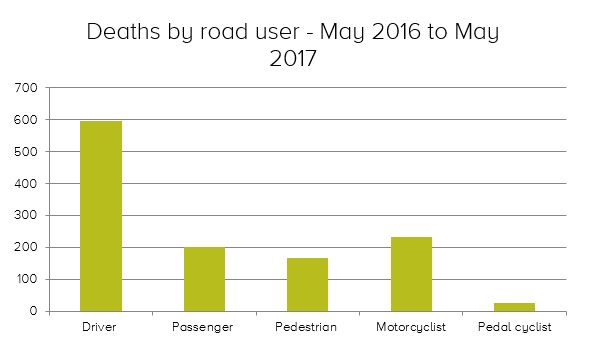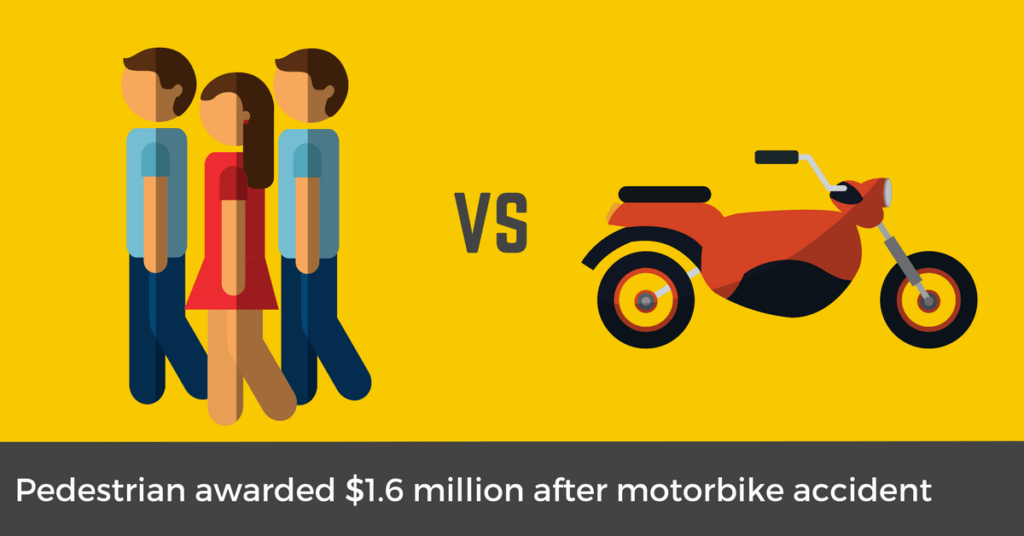Have you ever been walking across a street when a vehicle has come out of nowhere? Have you ever thought about what might happen if you had been injured or worse, killed? Who gets the blame?
Let’s have a look at Troy’s story.
What Happened?
It was the silly season in 2008, and Troy had been out with friends having some drinks. In the early hours of the morning, Troy and his mates decided to head home. He got into a taxi with a group of his friends around 2:30am. About halfway through the journey, Troy decided to get out of the cab, as his friends were heading to the opposite side of town. The taxi stopped in a turning lane, and Troy got out of the taxi to cross the road. A witness recalls seeing a motorcycle come out of nowhere, travelling at speed. Troy was struck by the speeding motorcycle and suffered devastating injuries. His list of injuries were extensive and include:
- haemathorax (collection of blood in the space between the chest wall and lung) to his right side
- Blood clot in his right chest wall
- fracture to his right rib
- dislocated collarbone
- Damage to two arteries on right neck
- Broken arm (to radius and ulna bones)
- Nerve damage to right side of neck
- Ligament damage to right lower leg
- Twisted lower back
- Broken and lost teeth
- Burns to right fingers
- Cuts to left brow
- Scarring from surgeries to correct injuries
- abrasion left eyebrow
Troy did not remember much of the evening. He did not remember how many drinks he had consumed but admitted to drinking for around 7 hours.
Who was at fault for Troy's injuries?
Queensland’s motor vehicle injury scheme is fault based, meaning that if you are at fault for an accident, you will not be able to recover damages. Here, the court had to decide whether Troy was at fault for getting out of the taxi when it was unsafe to do so while he was intoxicated, or whether the motorcycle was at fault for failing to see Troy? The insurer argued that if Troy were sober, he would have been able to react more quickly and could have avoided his injuries. They said he had been drinking for 7 hours, and he would not have crossed the road if he was sober.
What did the Court say?
The court disagreed, and said that it was:
Perfectly safe to get out of the taxi at that place and that time… A pedestrian has every right to walk on the road surface if he wishes … he must exercise ordinary care and prudence but he does not do so at his peril.
The court found that there was no valid evidence to determine how much Troy had drank that night and whether or not he was intoxicated. The court has been known to find claimant’s partially responsible for their injuries if they are intoxicated. But here, the court recognised that Troy had been drinking but still held the motorbike was completely negligent. Troy succeeded 100%, and was awarded just under $1.6 million dollars.
The Message
It is not always so easy to identify who is at fault for an accident. Many people believe that if they are struck by a car, they can only make a claim for personal injuries if it happens on a pedestrian crossing. This is not the case. The court imposes a very high standard of care on the drivers of motor vehicles. It has been said that motor vehicles are “lethal weapons”, and drivers are expected to be aware of pedestrians at all times. Pedestrians are a vulnerable group, and because they have little protection, they are more likely to suffer tragic injuries or be killed in motor vehicle accidents, as shown in the graph below.

Written by Lucy Kelsey | Solicitor

